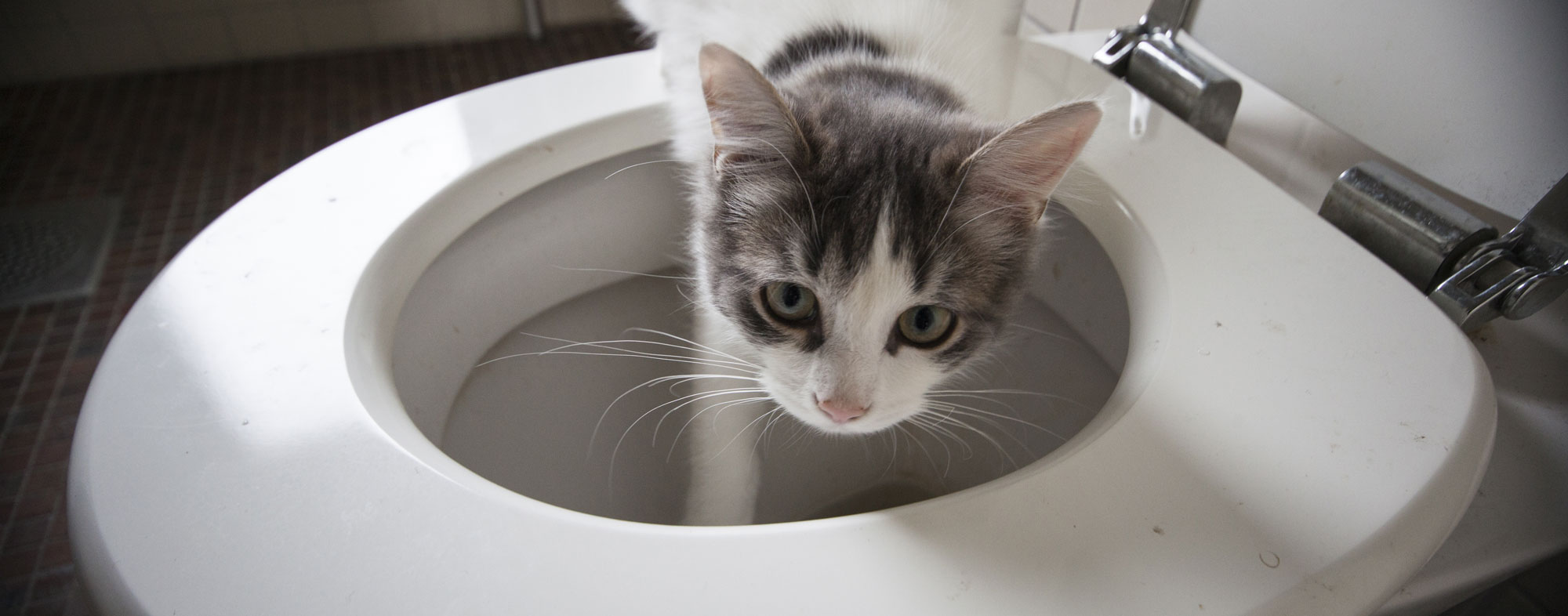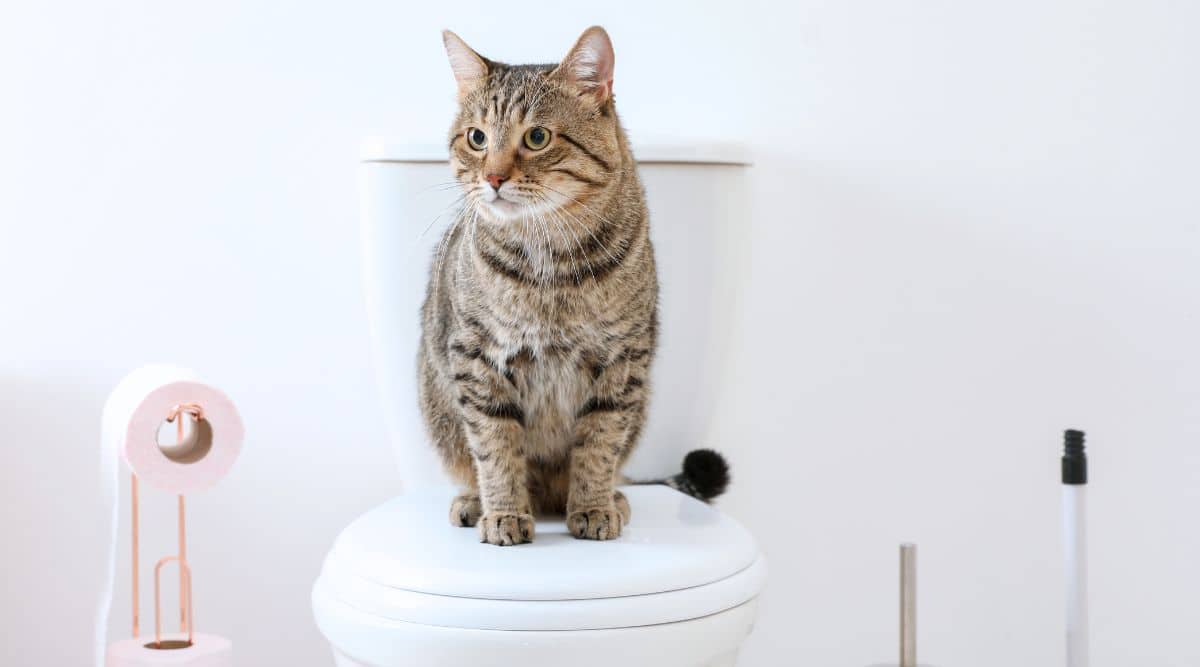The Consequences of Flushing Cat Poop Down Your Toilet - Protect Your Plumbing
The Consequences of Flushing Cat Poop Down Your Toilet - Protect Your Plumbing
Blog Article
What are your thoughts and feelings on Can You Flush Cat Poo or Litter Down the Toilet??

Introduction
As feline proprietors, it's essential to be mindful of exactly how we deal with our feline good friends' waste. While it might seem convenient to purge cat poop down the toilet, this technique can have detrimental repercussions for both the environment and human wellness.
Alternatives to Flushing
The good news is, there are much safer and more responsible means to throw away feline poop. Take into consideration the following choices:
1. Scoop and Dispose in Trash
One of the most usual method of getting rid of feline poop is to scoop it right into an eco-friendly bag and throw it in the garbage. Make certain to make use of a specialized trash scoop and get rid of the waste promptly.
2. Use Biodegradable Litter
Go with biodegradable feline clutter made from materials such as corn or wheat. These trashes are eco-friendly and can be safely disposed of in the garbage.
3. Hide in the Yard
If you have a yard, think about hiding pet cat waste in a designated area away from vegetable yards and water resources. Make sure to dig deep adequate to prevent contamination of groundwater.
4. Install a Pet Waste Disposal System
Invest in a pet waste disposal system specifically developed for cat waste. These systems use enzymes to break down the waste, decreasing odor and environmental influence.
Health Risks
Along with ecological issues, purging cat waste can likewise posture health and wellness risks to humans. Pet cat feces might include Toxoplasma gondii, a parasite that can create toxoplasmosis-- a potentially severe health problem, especially for expectant ladies and individuals with damaged immune systems.
Ecological Impact
Flushing feline poop introduces unsafe microorganisms and bloodsuckers into the water, positioning a substantial risk to water ecosystems. These pollutants can adversely impact marine life and concession water high quality.
Verdict
Responsible animal possession expands past providing food and shelter-- it likewise includes correct waste monitoring. By avoiding purging pet cat poop down the commode and opting for alternative disposal methods, we can minimize our environmental impact and shield human wellness.
Why Can’t I Flush Cat Poop?
It Spreads a Parasite
Cats are frequently infected with a parasite called toxoplasma gondii. The parasite causes an infection called toxoplasmosis. It is usually harmless to cats. The parasite only uses cat poop as a host for its eggs. Otherwise, the cat’s immune system usually keeps the infection at low enough levels to maintain its own health. But it does not stop the develop of eggs. These eggs are tiny and surprisingly tough. They may survive for a year before they begin to grow. But that’s the problem.
Our wastewater system is not designed to deal with toxoplasmosis eggs. Instead, most eggs will flush from your toilet into sewers and wastewater management plants. After the sewage is treated for many other harmful things in it, it is typically released into local rivers, lakes, or oceans. Here, the toxoplasmosis eggs can find new hosts, including starfish, crabs, otters, and many other wildlife. For many, this is a significant risk to their health. Toxoplasmosis can also end up infecting water sources that are important for agriculture, which means our deer, pigs, and sheep can get infected too.
Is There Risk to Humans?
There can be a risk to human life from flushing cat poop down the toilet. If you do so, the parasites from your cat’s poop can end up in shellfish, game animals, or livestock. If this meat is then served raw or undercooked, the people who eat it can get sick.
In fact, according to the CDC, 40 million people in the United States are infected with toxoplasma gondii. They get it from exposure to infected seafood, or from some kind of cat poop contamination, like drinking from a stream that is contaminated or touching anything that has come into contact with cat poop. That includes just cleaning a cat litter box.
Most people who get infected with these parasites will not develop any symptoms. However, for pregnant women or for those with compromised immune systems, the parasite can cause severe health problems.
How to Handle Cat Poop
The best way to handle cat poop is actually to clean the box more often. The eggs that the parasite sheds will not become active until one to five days after the cat poops. That means that if you clean daily, you’re much less likely to come into direct contact with infectious eggs.
That said, always dispose of cat poop in the garbage and not down the toilet. Wash your hands before and after you clean the litter box, and bring the bag of poop right outside to your garbage bins.
https://trenchlesssolutionsusa.com/why-cant-i-flush-cat-poop/

Do you enjoy reading about How to Dispose of Cat Poop and Litter Without Plastic Bags? Make feedback below. We will be glad to hear your views about this blog entry. In hopes that you come back again soon. Loved our review? Please share it. Help others check it out. Thanks for your time. Please stop by our blog back soon.
Click Here Report this page